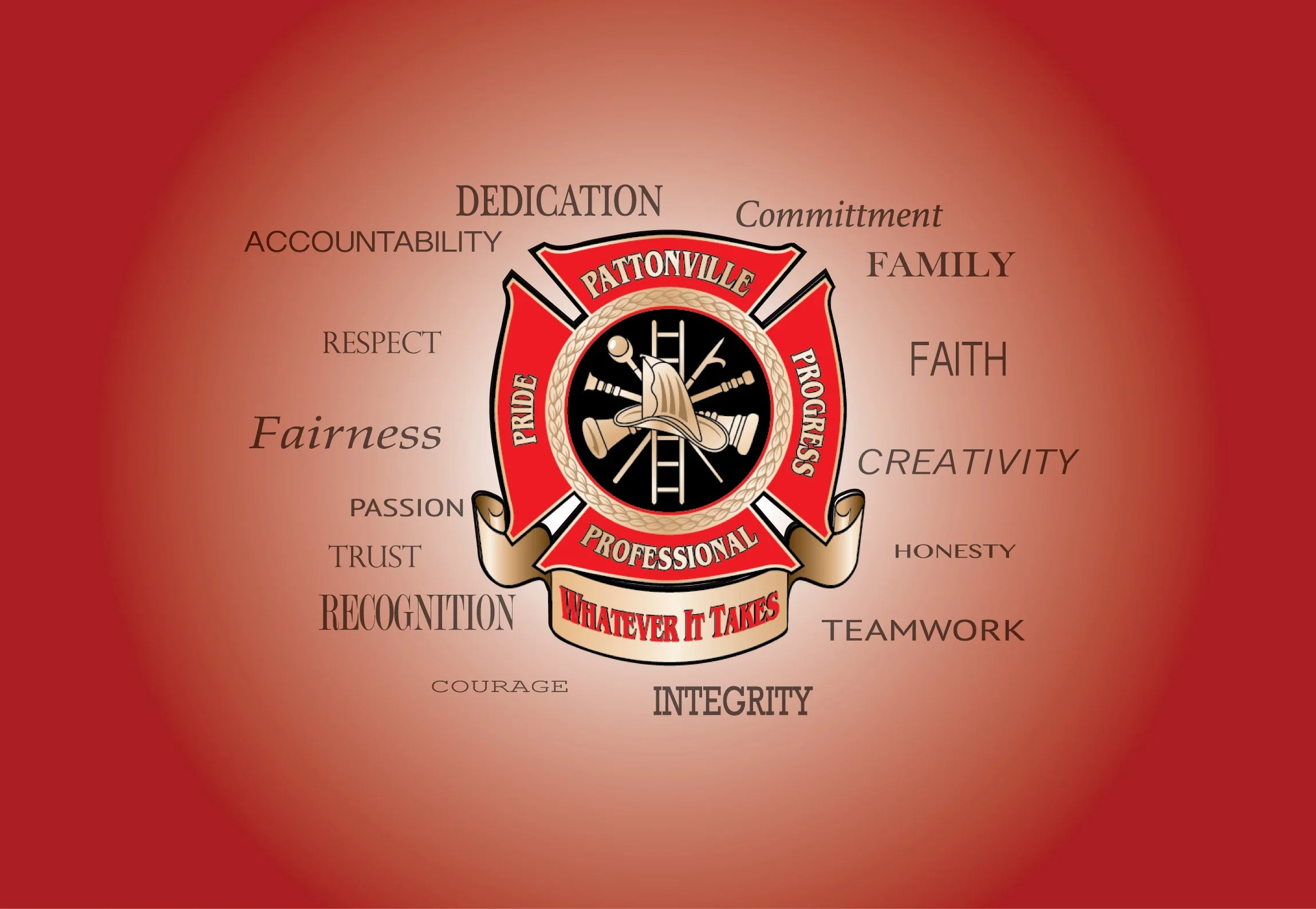What does it take to be a Paramedic at Pattonville Fire Protection District?
Pattonville Fire Protection District requires that all employees hired since 1990 be licensed as a paramedic by the state of Missouri in addition to being certified as a firefighter by the St. Louis County Fire Standards Commission. A paramedic is the highest trained medical professional qualified to respond to a medical or traumatic emergency outside of the hospital setting.
To become a paramedic an individual must complete college courses in general education, biology, anatomy and physiology and pathophysiology. These courses are essential for paramedics to gain an understanding of how the human body functions. Next, applicants must take a test and interview for acceptance into a CAAHEP accredited paramedic training program.
A paramedic training program demands that students complete three full semesters of college coursework including subject areas such as patient assessment, pharmacology, medical and traumatic emergency care, cardiology and pediatrics. Paramedic training includes approximately 1500 hours spent in a classroom setting in addition to approximately 750 hours of clinical field experience and a skills proficiency requirement. The clinical field experience is spent developing the skills needed to assess and treat patients both in the hospital and in an ambulance. Students must deliver babies, successfully establish over 150 documented IVs, administer medications, place tubes into patients’ lungs to allow them to breath, as well as hundreds of patient assessments for people of all ages.
After completing the requirements of a paramedic training program and subsequent clinical field internship, students must attain national board certification as a paramedic by the National Registry of Emergency Medical Technicians. The national board certification process is comprised of written and scenario-based examinations where candidates must successfully perform all of the essential skills of a paramedic.
Pattonville Fire Protection District requires our Paramedic-Firefighters to maintain certification in several advanced courses to ensure that we provide the highest standard of care to those that call for help. Specifically, the required certifications are as follows:
Advanced Cardiac Life Support - This course teaches the importance of preventing cardiac arrest, early and continuous high-quality CPR, recognition and intervention of cardiopulmonary arrest, post-cardiac arrest care, acute dysrhythmias, stroke, and acute coronary syndromes (ACS). In brief, paramedics learn to use electricity to shock an adult who’s heart has stopped, administer medications and place a tube into the lungs so that paramedics can ventilate a non-breathing patient.
Pediatric Advanced Life Support - This course aims to improve outcomes for pediatric patients by preparing healthcare providers to effectively intervene in patients with respiratory emergencies, shock, and cardiopulmonary arrest by using high‐performance team dynamics and high‐quality individual skills. The course includes a series of case scenario practices with simulations. Paramedics learn to use electricity to shock a child who’s heart has stopped, administer medications in pediatric doses and place a tube into the lungs so that paramedics can ventilate a non-breathing child.
Prehospital Trauma Life Support - Prehospital Trauma Life Support (PHTLS) is recognized around the world as the leading continuing education program for prehospital emergency trauma care. This course improves the quality of trauma care and decreases mortality. The program is based on a philosophy stressing the treatment of the multi-system trauma patient as a unique entity with specific needs. The following topics are included in this course: physiology of life and death; scene assessment; patient assessment; airway management; breathing, ventilation and oxygenation; circulation, hemorrhage and shock; trauma in patients with disabilities; trauma emergency incident simulations. Paramedics learn to care for those who suffer from large falls, car accidents, gunshot wounds, amputations, broken bones and other types of traumatic injuries.
To maintain paramedic licensure, our Paramedic-Firefighters take monthly classes taught by some of the most respected doctors in the area. Doing so ensures that we provide the highest standard of care to those in need of our help. While we hope that you never need our services, we hope that you know that we strive to do Whatever It Takes to be prepared to care for you or your loved ones in a moment's notice.

